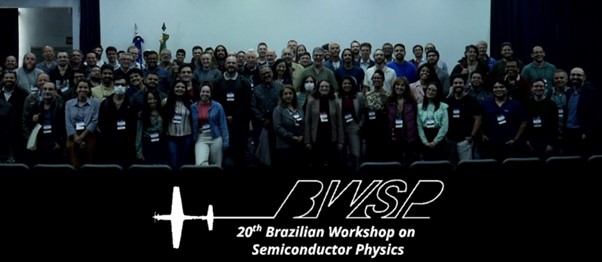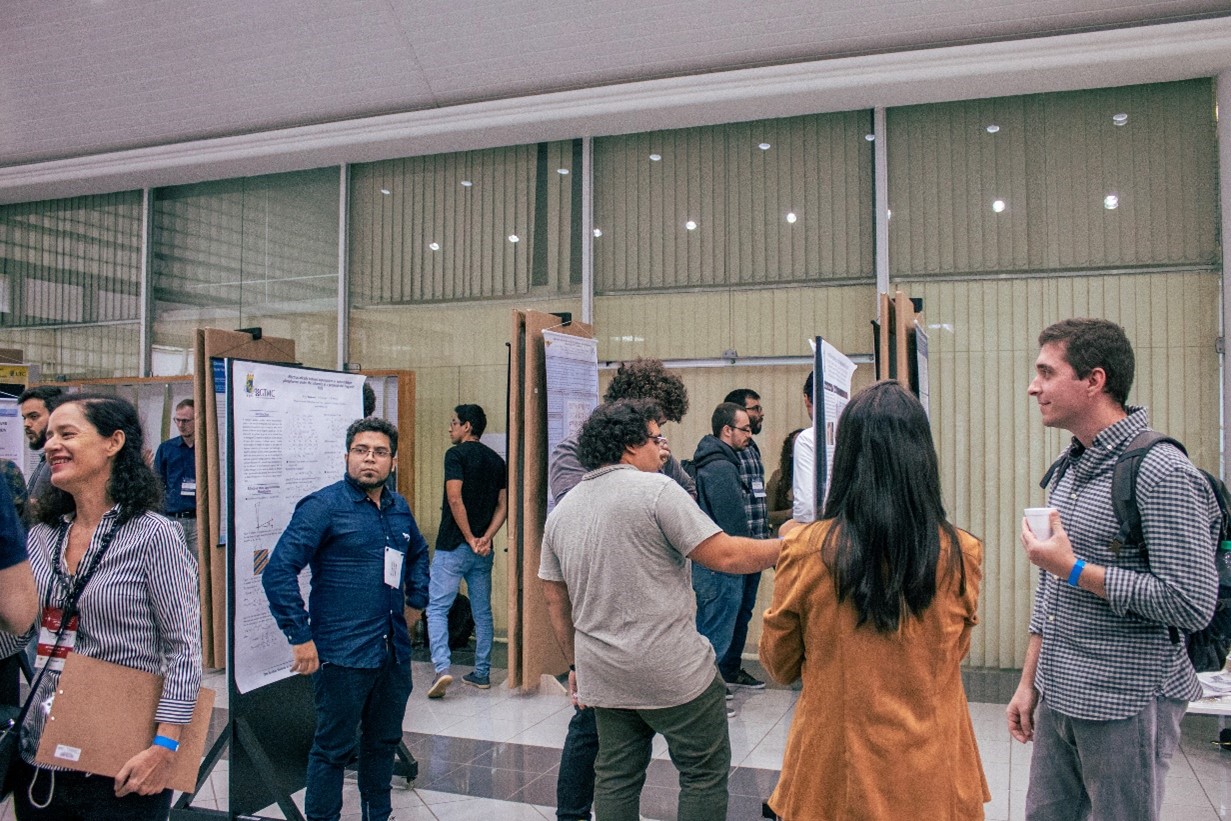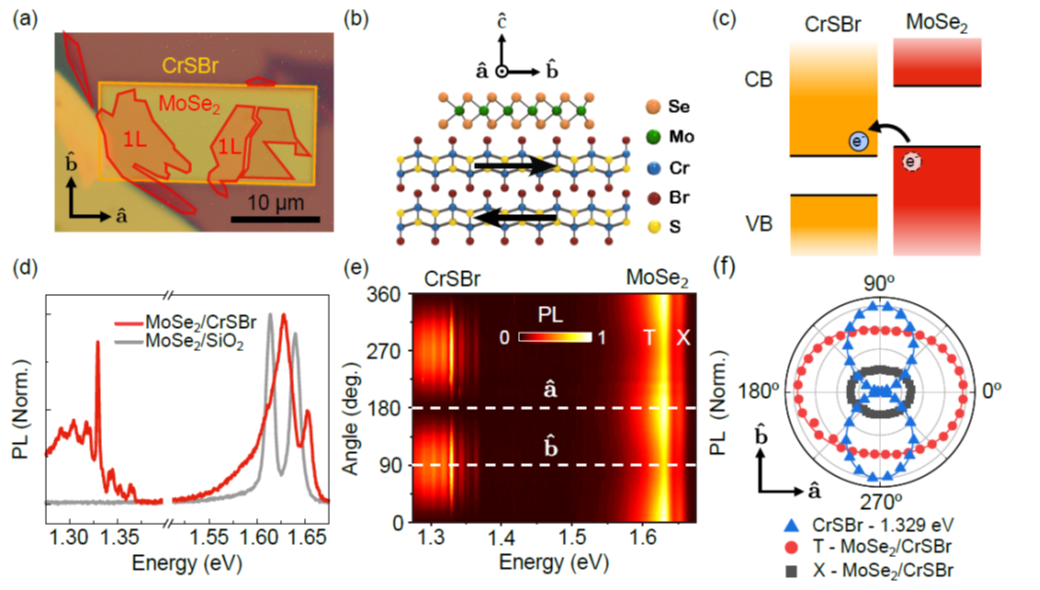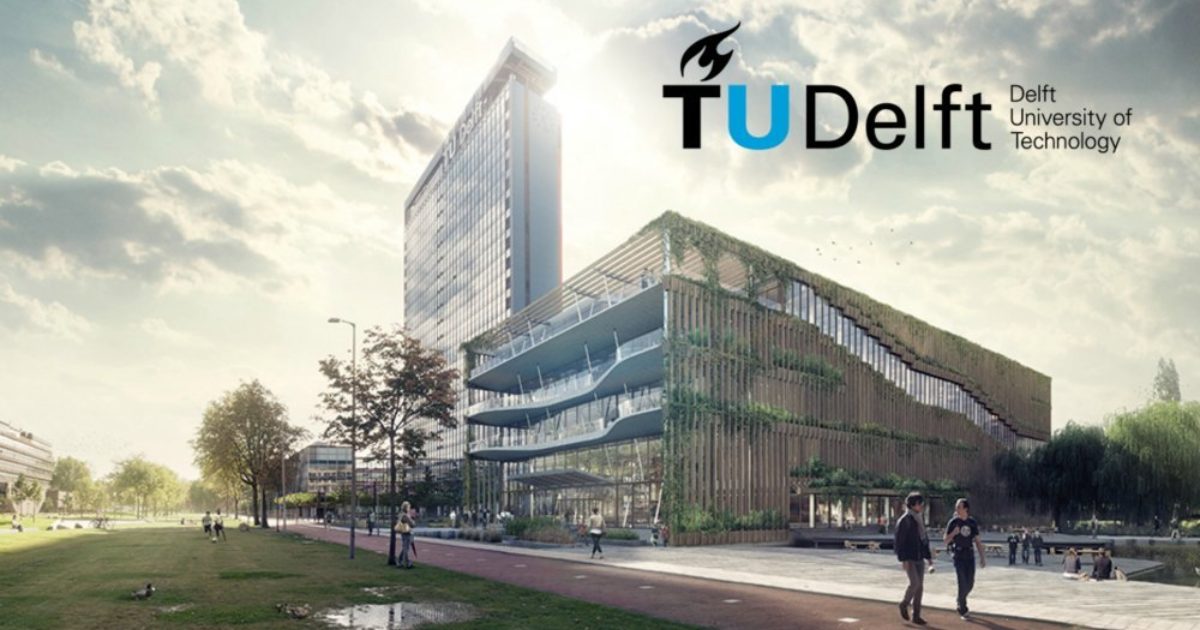TU Delft and Federal University of São Carlos Collaborate on Advancements in Spintronics
Researchers from the groups of Prof. Herre Van der Zant at TU Delft and Prof. Yara Galvão Gobato at the Federal University of São Carlos (UFSCAR) have teamed up to explore Van der Waals Heterostructures for Spintronics via a recent SPRINT grant. The goal of the collaboration has been to combine the expertise of two labs: Van der Zant group’s on fabricating heterostructures involving two-dimensional magnetic materials and Galvão Gobato group’s on optical measurements on semiconductors.
Two-dimensional materials form an interesting class of new materials as they can be cleaved to form very thin layers, down to a monolayer (one atom) thick. The properties of such thin layers can be dramatically different from their bulk counter parts. In addition, different materials can be stacked on top of each other to form heterostructures with completely new properties. Magnetic systems are of special attention as they can be used in applications such as memories or in which the magnetic spin is used as information carrier. This application field is typically denoted with the term “Spintronics”.

The UFSCAR team visited TU Delft twice over the course of the grant, and the TU Delft team visited Brazil twice as well. During Prof. Yara Galvão Gobato’s visits to the TU Delft in October 2022 and April 2023, she was actively involved in the laboratory works in the Delft group. Prof. Herre van der Zant visited Brazil in September 2022 and May 2023. During one visit, he participated in the Brazilian Workshop on Semiconductor Physics (São José dos Campos-SP) as an invited speaker and visited the laboratories at UFSCAR. In the second visit, Prof Herre van der Zant participated in the Autumn Meeting of Brazilian Physical Society (Ouro Preto-MG) as an invited speaker. He also visited and presented a seminar at the Laboratório Nacional de Luz Síncrotron-Campinas and visited the laboratory of Prof Prof. Galvão at UFSCAR.

The main objectives of these visits in Brazil and the Netherlands were to see the research facilities, meet researchers and discuss opportunities of complementary studies on the physical properties of 2D heterostructures. We have also established the design of samples which were prepared in the Netherlands and Brazil, planned several optical experiments in Brazil, presented seminaries for researchers and students from Brazil and the Netherlands, discussed the preliminarily results and draft publications. We also discussed a possible long-term joint research project in van der Waals heterostructures based on 2D magnetic materials.
Various experiments were undertaken in Brazil and the Netherlands. As an example, the researchers measured the linearly and circularly polarized photoluminescence under magnetic fields up to 9 T oriented along the different crystallographic axis of CrSBr. The experimental results show that the valley and excitonic properties (intensity, energy position, and g-factors) of monolayer MoSe2 are strongly influenced by the magnetic order of the CrSBr substrate.


